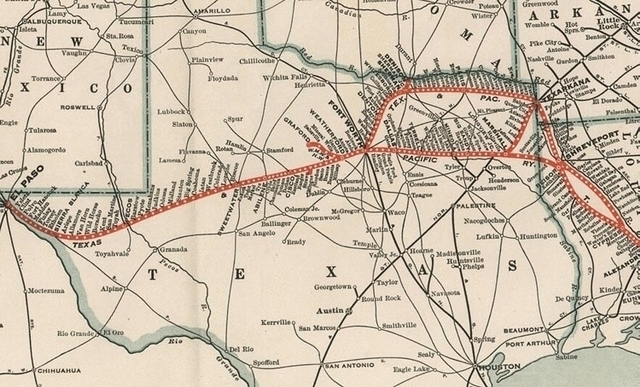A recent report by the Environmental Integrity Project and Environment Texas, reviewing results of state records reporting illegal air releases from oil and gas facilities between 2011 through 2016, finds that the Texas Commission on Environmental Quality imposed fines for less than three percent of 24,839 “upset” events, even though more than 500 million pounds of pollutants were released. EIP has also sued the Environmental Protection Administration for EPA’s alleged failure to prevent the TCEQ from issuing air permits that don’t comply with the Clean Air Act. EIP claims the TCEQ issues “unenforceable permits with illegal loopholes that render useless some of the most basic pollution control requirements of federal and state law.”
EIP and TCEQ debated EIP’s report, “Breakdowns in Enforcement,” in an article in the Midland Reporter Telegram. EIP found that the Midland area had 2,000 upset incidents in the study period, releasing 34 million pounds of pollution, more than the Houston area. EIP’s report recommended that TCEQ should determine whether an upset event was preventable before deciding whether to pursue enforcement actions, and should consider repeat violators in determining enforcement actions. TCEQ agreed with both recommendations.
The three largest violators, according to the report, were Hess, ConocoPhillips, and DCP Midstream. Spokesmen for those companies told the Midland Reporter Telegram that they take pollution concerns seriously and were working to reduce emissions.






